Introduction

Picking a MacBook for your computer science degree is a bit like choosing your initial programming language: everybody has an opinion, the pressure feels exceedingly high, and an incorrect choice will cost you hundreds of hours of frustration.
Do you require a more elaborate processor, or will that merely burn a hole through your ramen stipend?
Worry not, we gathered the specs, took a spin with benchmarks, and even survived building Linux kernels off a base configuration, so you don’t have to.
This guide will help you identify the Best MacBook for Students of Computer Science, ensuring you strike the perfect balance between performance, portability, and value.
It’s a guide to assist every computer science major, from our eager freshman to our grad student deep into machine learning models, who wishes to make an intelligent investment that will stand the test of time but is unwilling to spend a dime on power they’ll never utilize.
If you’re still unsure whether a high-end MacBook is worth the cost, check out Find the Best Laptop for Computer Science Students in 2025 for comparisons with budget and Windows/Linux alternatives.”
Our quick top picks:
- Best Overall: 14-inch MacBook Pro (M4 Pro) – The ideal mix of serious horsepower, portability, and a beautiful screen for all-core tasks.
- Portability & Best Value: 13-inch MacBook Air (M4) – Surprisingly powerful for something so thin, with a longer-lasting battery than any library hackathon.
- Top Choice for Heavy-duty Use: 16-inch MacBook Pro (M4 Max) – When your side hustle is to train neural networks and you need a desktop-level workstation to transport.
- Not only will we reveal to you which one to buy, but exactly how to set it up to last throughout your entire degree.
Quick answers — Best MacBook for Students of Computer Science
In a hurry? Here is your cheat sheet. For 95% of computer science majors, the answer is straightforward:
- Best Overall: 14-inch MacBook Pro with M4 Pro chip, 18GB Unified Memory, 512GB SSD. It’s a sweet spot with power, price, and future-proofing.
- Top Recommendation: 13-inch MacBook Air with M4 chip, 16GB RAM, and 512GB SSD. Handles most coding tasks with incredible portability and battery life.
- Ideal for Large Workloads: 16-inch MacBook Pro with M4 Max chip, 36GB+ RAM, and 1TB+ SSD. Ideal for heavy data science usage, intensive virtual machines, and high-end game development.
At a Glance Comparison Table: MacBook Models
MacBook Air 13″ (M4)
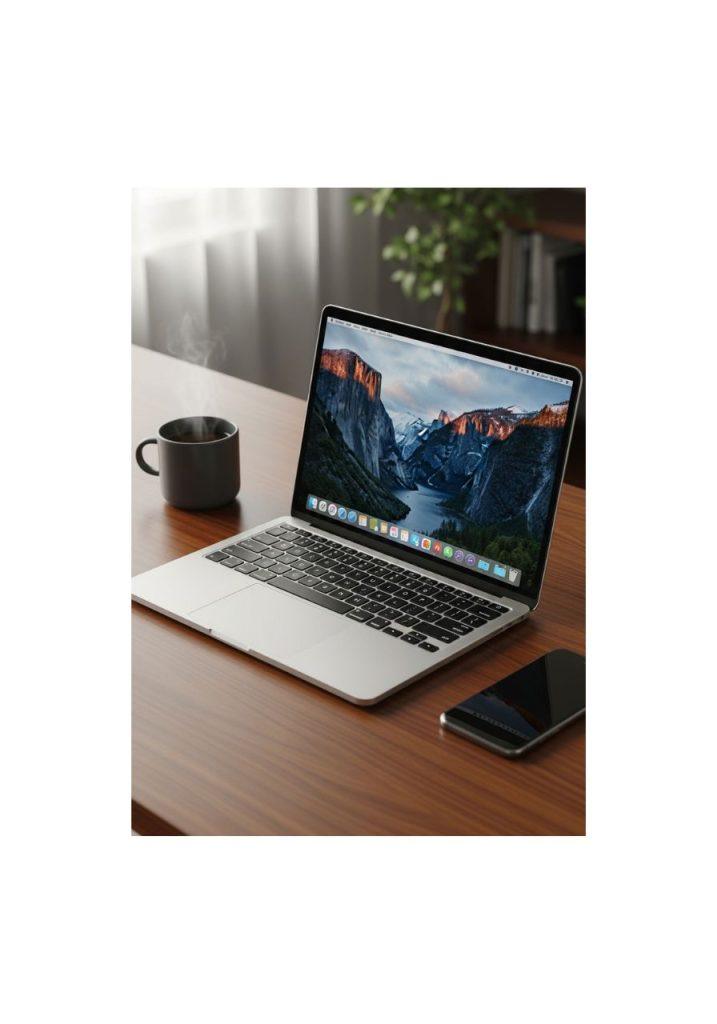
- Best for: Portability, value, web dev
- CPU: M4 (4+6)
- RAM (Min Rec): 16GB
- Storage (Min Rec): 512GB
- Battery: ~18 hours
- Price Range: $$
- Bottom-Line: The ultimate campus companion.
MacBook Air 15″ (M4)
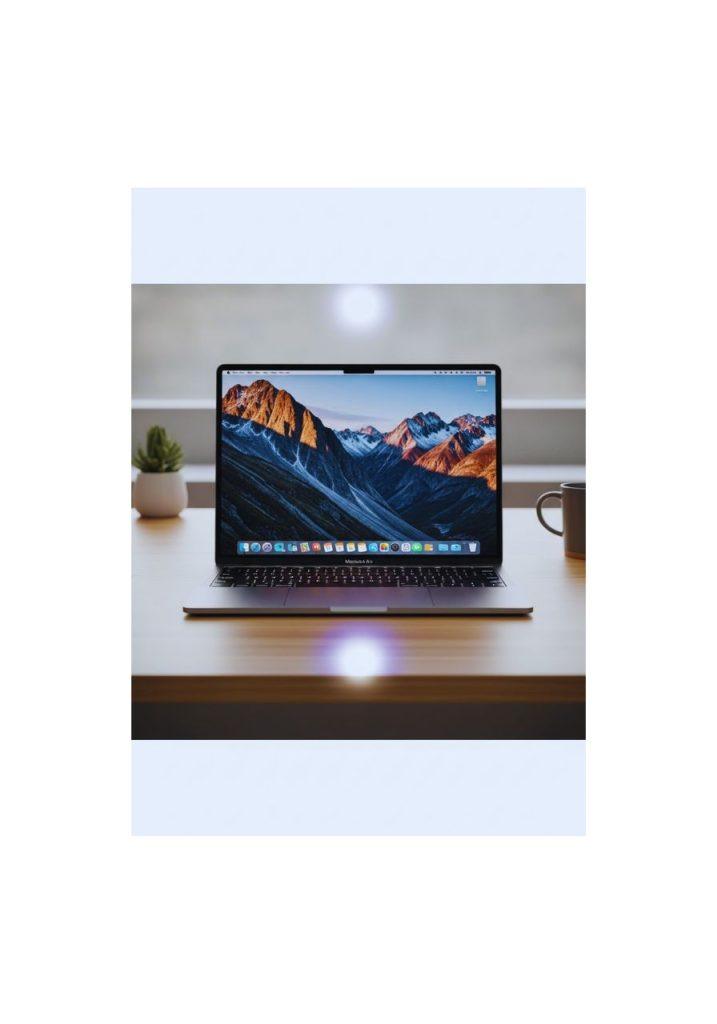
- Best for: Big screen on a budget
- CPU: M4 (4+6)
- RAM (Min Rec): 16GB
- Storage (Min Rec): 512GB
- Battery: ~18 hours
- Price Range: $$
- Bottom-Line: For those who need more screen real estate.
MacBook Pro 14″ (M4 Pro)
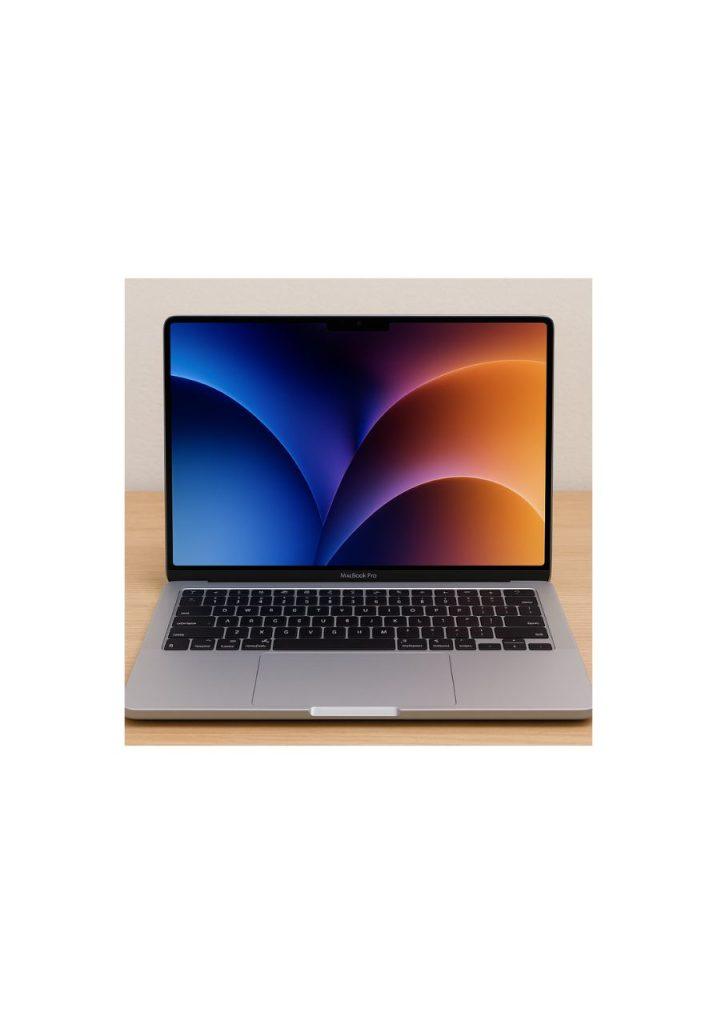
- Best for: Most CS Majors (Overall)
- CPU: M4 Pro (6+8)
- RAM (Min Rec): 18GB
- Storage (Min Rec): 512GB
- Battery: ~14 hours
- Price Range: $$$
- Bottom-Line: The perfect balance of power and portability.
MacBook Pro 16″ (M4 Pro/Max)
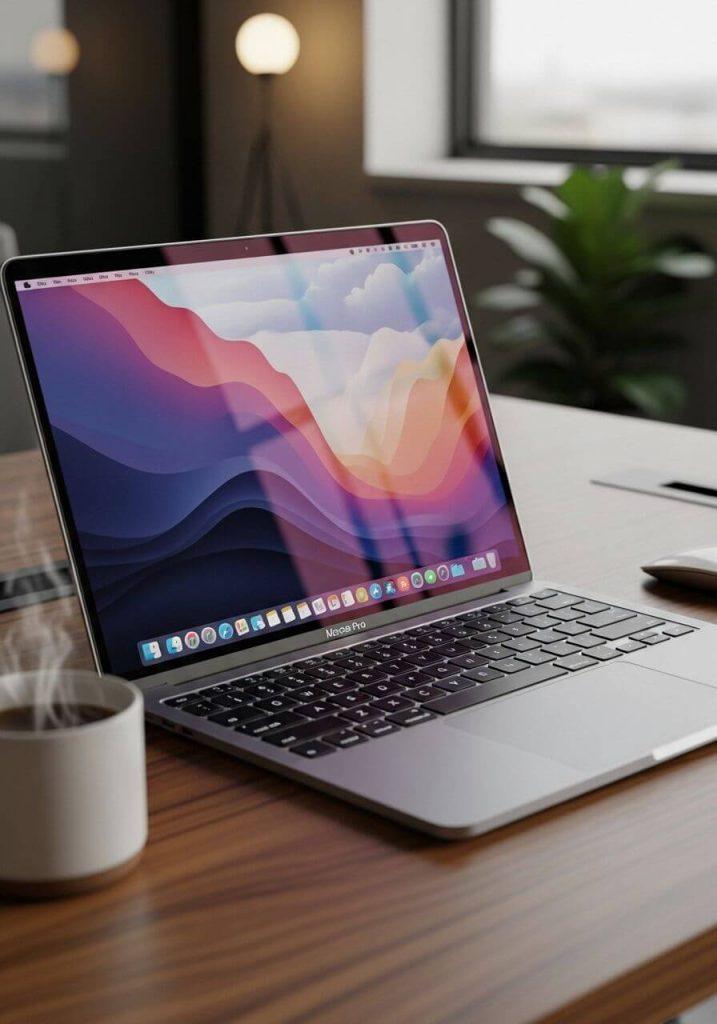
- Bottom-Line: A desktop-grade workstation in a laptop.
- Best for: Data Science, ML, Heavy VMs
- CPU: M4 Max (8+12)
- RAM (Min Rec): 36GB
- Storage (Min Rec): 1TB
- Battery: ~15 hours
- Price Range: $$$$
Best Laptop for Computer Science Students — Our Recommendations
1) Best overall: MacBook Pro 14 (M4 Pro)
This is the undisputed winner for CS students. It brings pro-level performance where it’s most needed—compiling code, running VMs, multitasking—without the weight and expense of the 16-inch monolith.
Specs at a Glance:
- Chip: Apple M4 Pro (6-performance core, 8-efficiency core)
- GPU: 16
- RAM: 18GB Unified Memory (Recommended)
- Storage: 512GB SSD (Recommended)
- Screen: 14.2-inch Liquid Retina XDR (120Hz)
Why to Purchase:
Active Cooling: A fan ensures it retains performance through long compile periods or training runs without throttling.
XDR Display: Less eye strain with the mini-LED monitor during late-night coding.
Extra Ports: Built-in HDMI and SD card ports to avoid a dongle apocalypse.
Avoid Due To:
- Price: Considerable expense compared to the Air.
- Battery Life: Excellent, but not truly all-day like the Air.
- Who This Is For: CS students diving into machine learning, hosting multiple local Docker containers, coding with large codebases using Android Studio or Xcode, or needing a reliable workhorse for their 4-year degree.
- Recommended Configuration: M4 Pro chip, 18GB Unified Memory, 512GB SSD. Around $2,199 with education discounts.
2) Best value/battery & portability: MacBook Air 13 (M4)
Don’t be fooled by its thin, fanless design. The M4 chip makes the Air a serious coding machine that slips into any backpack.
Specs at a Glance:
- Chip: Apple M4 (4-performance core, 6)
- GPU: 10
- RAM: Unified 16GB Memory (Non-negotiable for dev work)Storage: 512GB SSD
- Screen: 13.6-inch Liquid Retina
Pros to Purchase:
- Stunning Battery Life: A full day’s worth of classes and homework on one charge.
- Light & Silent: Almost weightless, with no fan — ideal for quiet lecture halls.
- Power Efficient: The M4 sips power but delivers massive performance.
Cons to Avoid:
- Limited Sustained Performance: May throttle under continuous loads due to no fan.
- Only Two Ports: Reliance on a USB-C hub.
- Who It’s For: Students in web development, scripting, theory of CS, and competitive programming.
Perfect for portability with plenty of power. - Recommended Config: M4 chip, 16GB RAM, 512GB SSD. 8GB RAM is a false economy; 16GB is required. About $1,499 with education discounts.
3) Big-screen / workstation best: MacBook Pro 16 (M4 Pro/Max)
When your laptop must be a server rack. Perfect for students whose side projects outpace a lab computer in computational intensity.
Specs at a Glance:
- Chip: Apple M4 Max (8-performance core, 12-efficiency core)
- GPU: 38
- RAM: 36GB+ Unified Memory
- Storage: 1TB+ SSD
- Screen: 16.2-inch Liquid Retina XDR (120Hz)
Things To Purchase:
- Desktop-Class Performance: Handles massive data sets for game engine compilation.
- Glorious Screen Real Estate: Room for IDE, terminal, browser side-by-side.
- Top Speakers & Mics: Great for Zoom group meetings.
Reasons to Avoid:
- Extremely Expensive: Serious price tag.
- It’s a Chonker: Heavy and not discreet in a lecture hall.
- Who This Is For: Graduate students in data science, machine learning, or software engineers managing huge codebases and multiple VMs.
4) Cheapest Mac strategy: Used a last-gen MacBook Air or traded in
Your programming skills aren’t measured by new hardware. A 13 or 15-inch M2 MacBook Air with 16GB RAM and 512GB SSD is still excellent with a massive rebate.
- Apple Certified Refurbished: Tested, warranted, full warranty. Save 15–20%.Education Expenses: Check Apple Education Store for sales — sometimes includes a gift card.
- Timing: New units drop, older costs fall (typically October).
- Projected Savings: A refurbished M2 MacBook Air (16/512) often sells under $1,200 — a $300–$400 discount.
How to Select a Suitable MacBook for Computer Science (Buying Checklist)
CPU — The Brain of the Process
The Apple Silicon M-series chips are game-changers. Their performance-per-watt is insane. For CS:
- M4: More than enough for more than 90% of programming tasks (web development, Python, Java, coursework).
- M4 Pro/Max: These you need for tasks with parallel processing: building massive projects (think about the Linux kernel), running Dockerized heavyweight environments, or locally training machine learning models. The more performance cores you have, the faster your code compiles.
RAM — Your Multitasking Messiah
This is probably the most important spec. Do not compromise here.
- 8GB: No. Do not. It’s sufficient to cover an OS and a browser but add an IDE to a Docker container, and your Mac is sweating and swapping to the SSD and grinding to a stop.
- 16GB: Just right. Enough to comfortably compile an IDE (IntelliJ, VSCode), several browser tabs open, a local server running, and a Docker container or two running.
- 18GB/32GB/36GB+: For power users. Essential if you’re running a few virtual machines (e.g., Windows + Linux), handling enormous data structures from memory, or seriously utilizing Xcode’s iOS simulator.
As we discuss RAM — Your Multitasking Messiah, note also our article Is 4GB RAM Enough for a Student Laptop in 2025? The Honest Truth, which explains exactly why 4GB of RAM is no longer sufficient in many student scenarios.”
Storage — Your Virtual Closet
You can get around restricted storage with clouds and with external drives, but it is a hassle.
- 256GB: Just about doable if you’re a digital minimalist. You will be continually juggling space, though, especially with Docker images and Xcode simulators that can consume 20GB+.
- 512GB: Recommended starting point. Good for a comfortable OS, applications, and a few large projects/VMs with occasional but never constant stress.
- 1TB+: For anyone who has to handle massive media files, has a lot of local VMs to maintain, or despises storage management.
GPU — More than Gaming
The GPU or Graphics Processing Unit is meant for:
- Game Development: Utilizing game engines like Unity or Unreal Engine.
- Machine Learning: M4 Pro and Max chips house advanced neural engines to significantly accelerate ML training tasks.
- Data Visualization: Visualizing complex graphs and models.
For most of the rest of the coding work, the GPU cores are less important than the RAM and CPU.
What Configuration should YOU Select? (Scenarios)
- Computer Science Theory / Web Development: MacBook Air 13″ (M4, 16GB RAM, 512GB SSD). Powerful, lightweight, and all-day battery. Ideal for algorithms, Python, and JavaScript courses.
- Mobile App Development (Xcode): 14″ MacBook Pro (M4 Pro, 18GB RAM, 512GB SSD). It is a memory-intensive application to have an iOS simulator running, and developing extensive projects with Swift utilizes the Pro CPU cores.
- Data Science / ML (Entry-Level): MacBook Pro 14″ (M4 Pro, 18GB RAM, 512GB SSD). Considerably faster than the Air with local data processing and building models with Python (Pandas, Scikit-learn, TensorFlow).
- Virtual Machines / Linux Labs: 14″ MacBook Pro (M4 Pro, 18GB RAM, 1TB SSD). You’re going to need RAM for assignment to VMs and storage to retain a few VM images, which just so happen to be large.
- Game Development / GPU Workloads: 16″ MacBook Pro (M4 Max, 36GB RAM, 1TB SSD). It takes a potent Max chip’s GPU to comfortably function within game engines like Unity and Unreal.
macOS for Students of Computer Science: Compatibility & Workflows
- Your Terminal is Your Best Friend: macOS is a Unix-based operating system, so your terminal is a first-class citizen. Practically every Linux command that you learn will work here.
- Package Manager: Install Homebrew (
/bin/bash -c "$(curl -fsSL https://raw.githubusercontent.com/Homebrew/install/HEAD/install.sh")). It’s the magic tool that installs all your developer tools (Python, Node.js, GCC, etc.) effortlessly. - Running Linux/Windows: Require a particular OS? Docker is your default when it comes to Linux containers. For complete OSes, UTM is a free virtualizer, and Parallels Desktop is your paid, seamless solution.
- Xcode / iOS Development: It’s Mac’s party piece. There is only one platform where you can build and deploy iOS/iPadOS/macOS apps – a Mac. Xcode is a free download from the App Store.
How to Save: Student Discounts, Refurbished Units, and Trade-Ins
Your student email is a powerful coupon.
- Apple Education Store: Apple has a discounted offer to faculty and university students. You can typically get $100-$200 off a new MacBook.
- Back to School Deal: Occasionally throughout the summer months, Apple promotes a free gift card (e.g., $150) with Mac sales that can be turned into accessories like an AirPod or a dongle.
- Refurbished: Save money on last-gen versions with a full warranty available at the Apple Certified Refurbished store.
- Timing: Buy right after a new version is released (usually October) to receive good discounts on the “old” models.
Perfect Accessories for Students of CS
Your laptop is where everything starts. Protect your investment and boost your own productivity.
- USB-C Hub/Dock ($): Necessary. Order one with an HDMI output, USB-A connectors, and an SD card slot.
- External Monitor ($-$): A second screen is the single largest coding productivity boost. Look for a 24-27″ 1440p or 4K IPS monitor.
- External SSD ($): A fast 1TB NVMe SSD enclosure is cheap insurance for transferring large projects/VMs or for backups.
- Backpack ($): Purchase a well-padded one. Trust us, your MacBook will thank you.
Commonly Asked Questions (FAQs)
- Does 8GB RAM work for computer science?
Not. As efficient as macOS is, today’s development environments (IDEs, Docker, browsers) hog memory. 8GB will cause lag and frustration. 16GB is the absolute minimum starting point for a CS major. - Can I use a Mac for computer science?
Most definitely. macOS is a great dev platform thanks to its Unix lineage, great tooling, and build quality. For Windows-specific needs, a virtual machine is a snap to install. - How much storage will I need?
512GB is the sweet spot recommended. 256GB becomes filled very quickly with just your operating system, programs, and some large Xcode or Docker projects. At 512GB, you can no longer worry about storage management. - Where can I follow updates about future MacBook launches?
If you want regular industry news, Wired and The Verge often cover Apple’s upcoming innovations. - End or Continue with It?
Unless you’re doing something beyond light script work and web development (think VMs, huge compilations, ML), then active cooling and higher-end chips available on the MacBook Pro make it a good investment. For most everything else, though, the Air is amazing.
Conclusion — Which MacBook to Get?
It’s a simpler choice than debugging a segfault. For comp sci students, the 14-inch MacBook Pro with an M4 Pro chip, 18GB RAM, and 512GB SSD is the perfect investment that’s going to last you throughout your course.
If you’re a tad more frugal, then the 13-inch MacBook Air (M4, 16GB RAM, 512GB SSD) is a phenomenal piece of kit that seriously punches above its own weight.
Turn off specs reading now and go make something amazing.

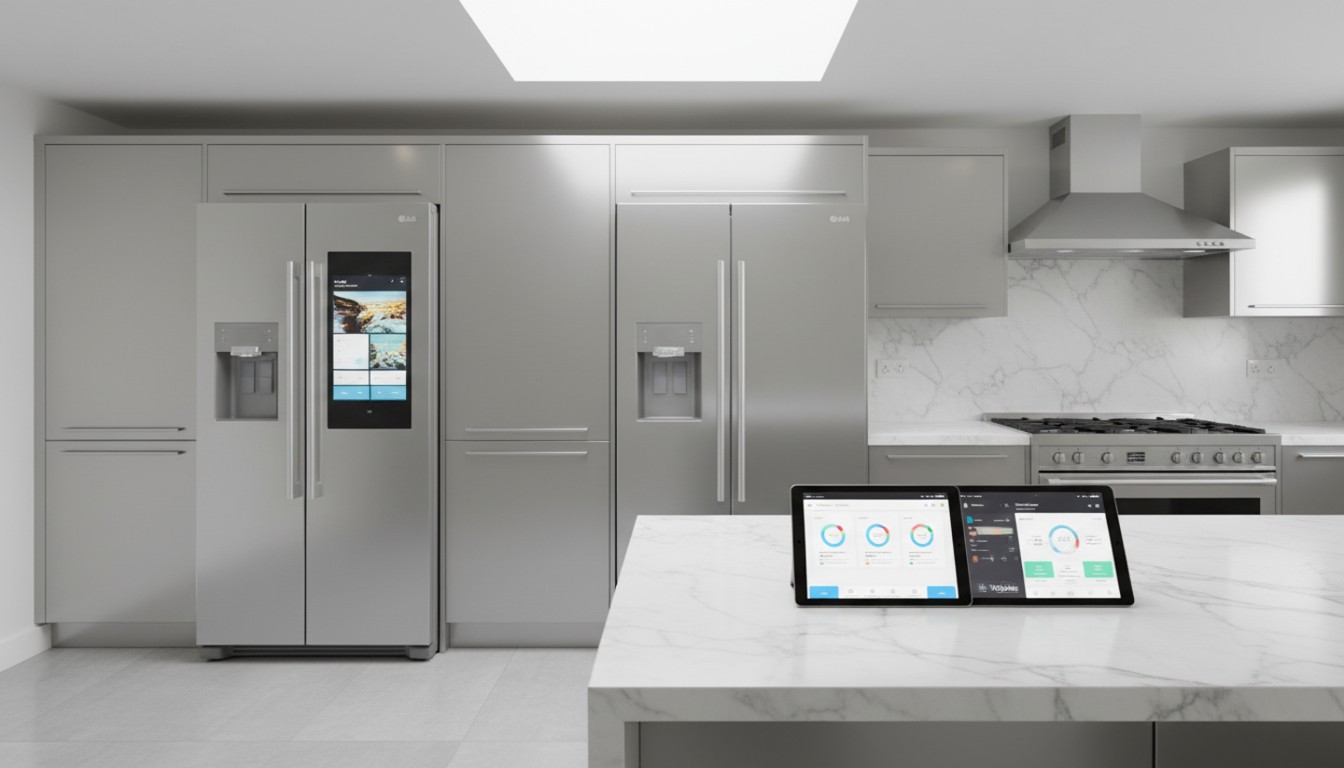
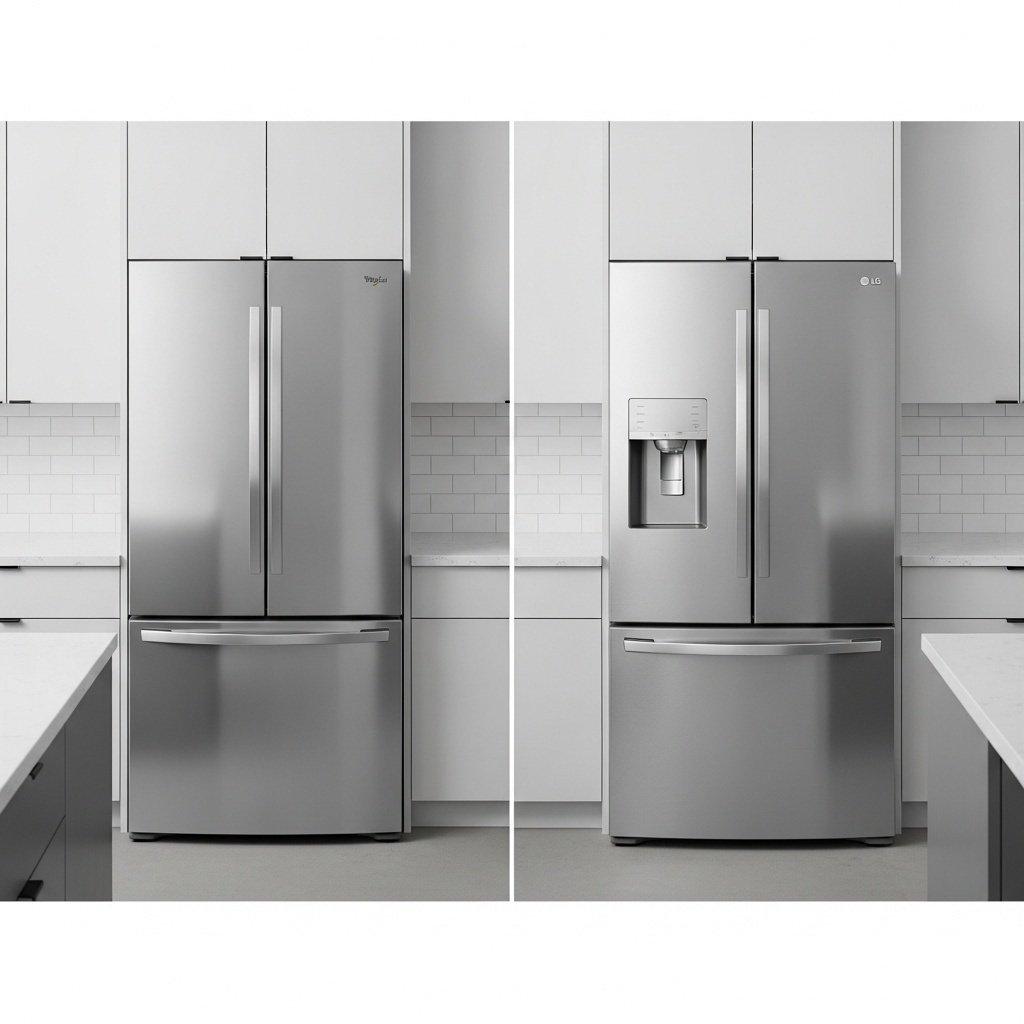
2 thoughts on “Best MacBook for Students of Computer Science in 2025”
It’s actually helpful ☺️
Pingback: Best Laptop for Nursing Students in 2025